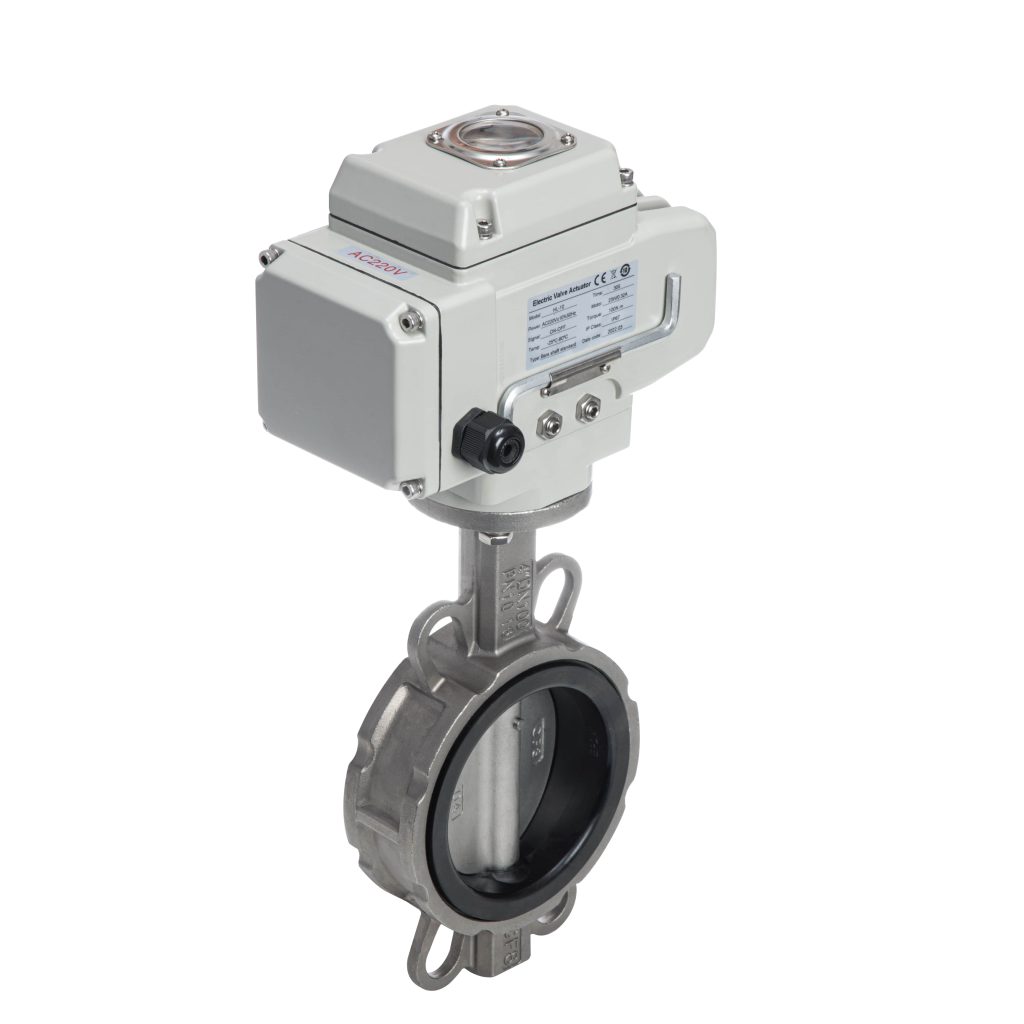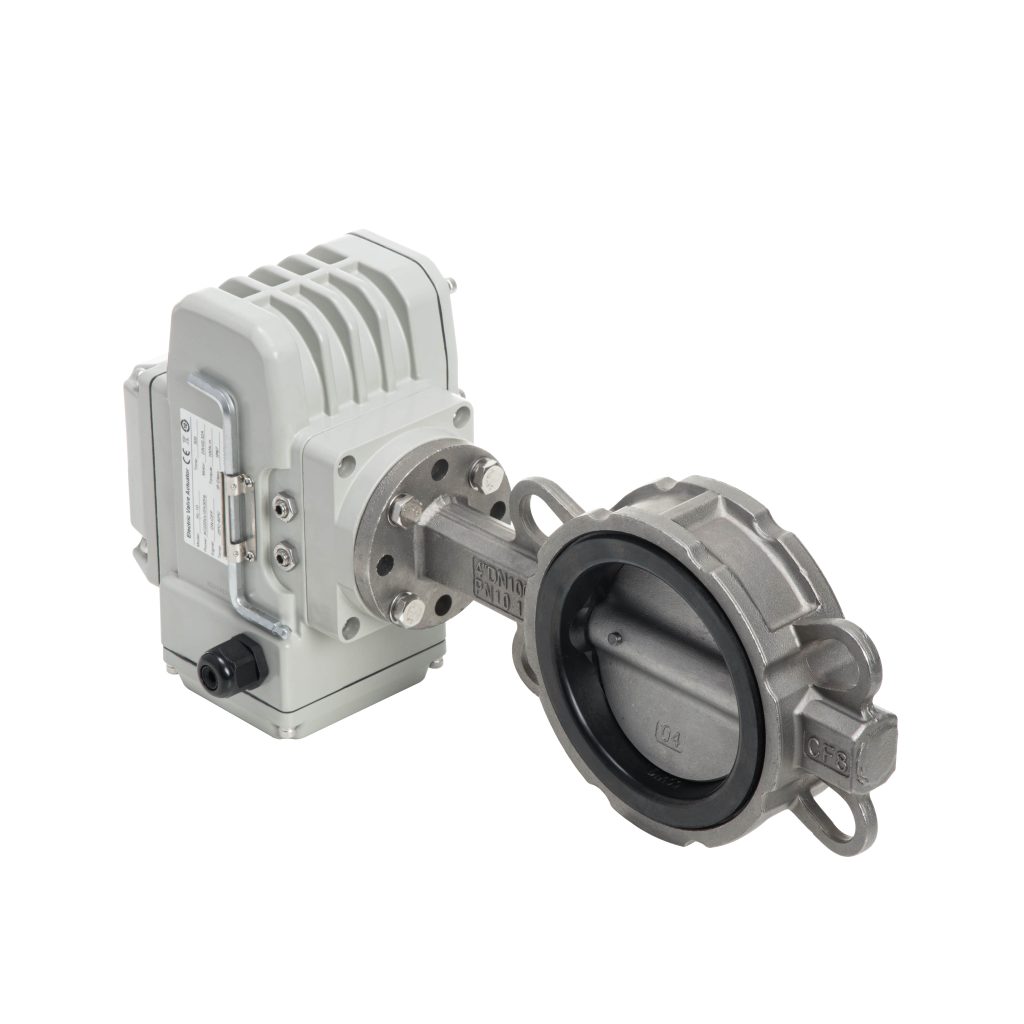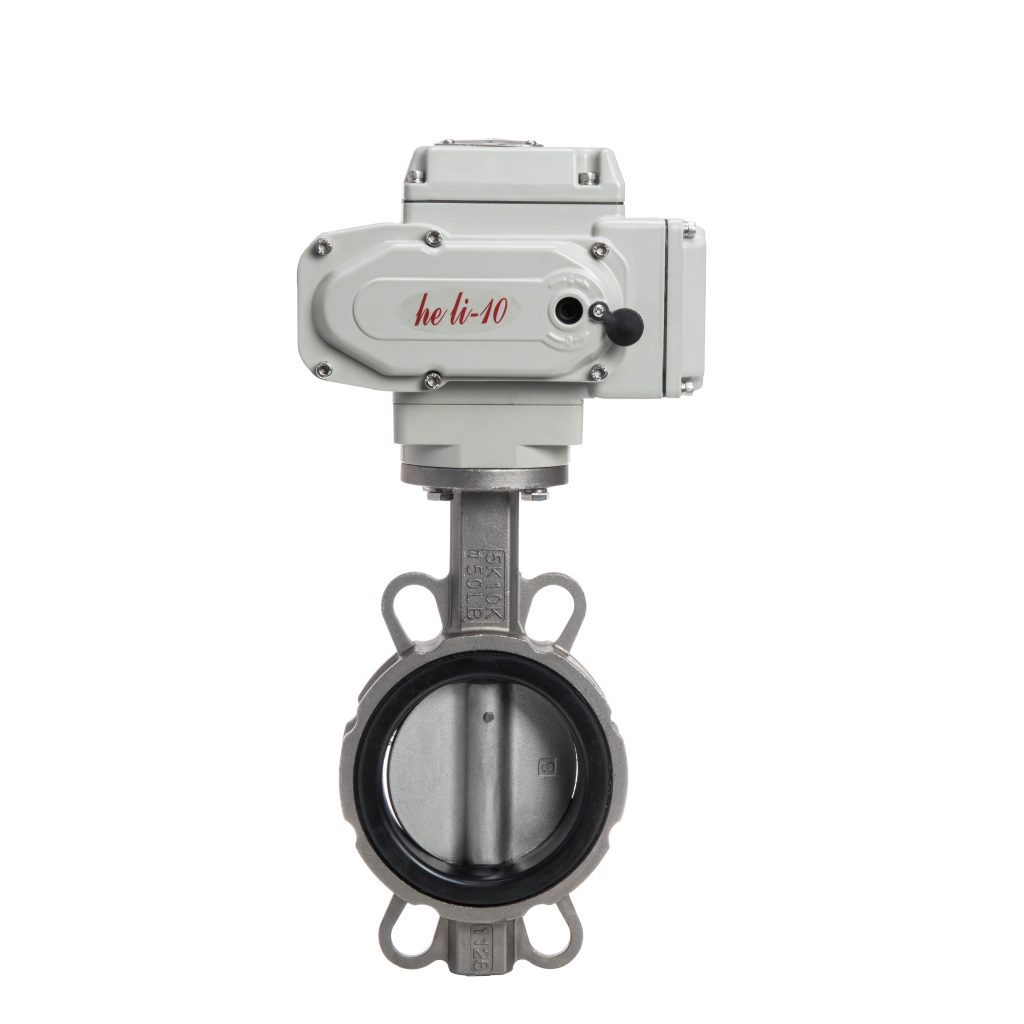Electric clamp butterfly valves are essential components in modern fluid control systems. These valves utilize a simple yet effective mechanism for regulating the flow of liquids and gases in various industrial applications. Their design and functionality have made them a popular choice in many sectors, including water treatment, oil and gas, and chemical processing. This article delves into the key features, applications, and advantages of electric clamp butterfly valves.

What is an Electric Clamp Butterfly Valve?

An electric clamp butterfly valve is a type of quarter-turn valve that uses a rotating disc to control the flow of media. The valve comprises two primary components: a disc that rotates around an axis and a body that houses the disc. The term “clamp” refers to the method used to connect the valve to pipes or fittings, providing a secure and leak-proof joint. The electric actuation system allows for remote or automated control, enhancing operational efficiency. Key Features Design Simplicity: The butterfly valve’s design is straightforward, consisting of a rotating disc that opens and closes the flow path. This simplicity contributes to lower manufacturing costs and ease of installation.
